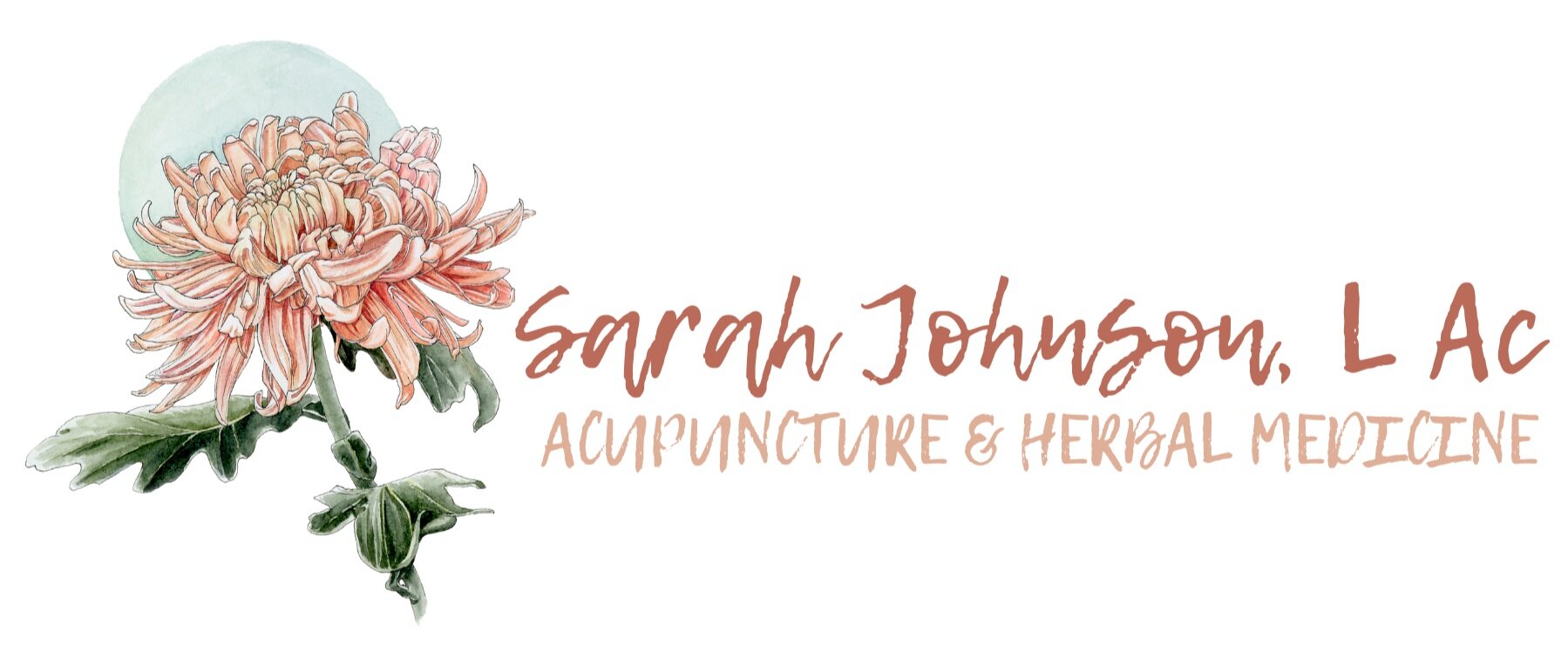Eating For Your Body Type: Damp
Two weeks ago you might have seen my post about eating for a dry body type. This week, I'll focus on the damp type of person, and what to eat and what to avoid if you fit into this category. A person who is damp will have a combination of some of the following symptoms; excess mucus in the body, water retention, loose stools or diarrhea, low energy, mentally sluggish, or feelings of heaviness. Damp body types are often worriers and also tend to gain weight easily. Women who are damp may be prone to yeast infections.
Ideally the diet of a damp body type should be made of 30% protein, 20% complex carbohydrate and 50% fruits and vegetables. This diet emphasizes consuming cooked green and leafy vegetables (kale, broccoli, mustard greens, chard, dandelion), low sugar fruits (berries), whole grains (brown rice, quinoa) and lean proteins (wild fish, lean chicken). Drinking plenty of filtered water, digestive herbal teas (fennel, cardamom, licorice, ginger) as well as green tea is essential to boosting the health of a damp body type. Cinnamon, clove, fennel seed, fenugreek seed, garlic, ginger, nutmeg, and rosemary are nice herbs to incorporate into this diet.
Avoiding foods that are rich, greasy, fermented (pickles, kombucha) or spicy as well as cow-based dairy, sugar, salt, soy, yeast and fatty animal protein will help alleviate many of the states of imbalance, such as the symptoms listed above.
The right kind of diet and good eating habits are essential for the damp body type person. A nice easy way to get into a good eating habit might be to start your day with a breakfast congee. Congee is a type of rice porridge popular an many Asian countries. It is easy to make, easy to digest, and it helps rid the body of excess dampness. You might want to add some of the herbs listed above into yours! For instructions on how to make a congee, click this link.
Stay tuned for the next article, Eating for Your Body Type: Stuck.

